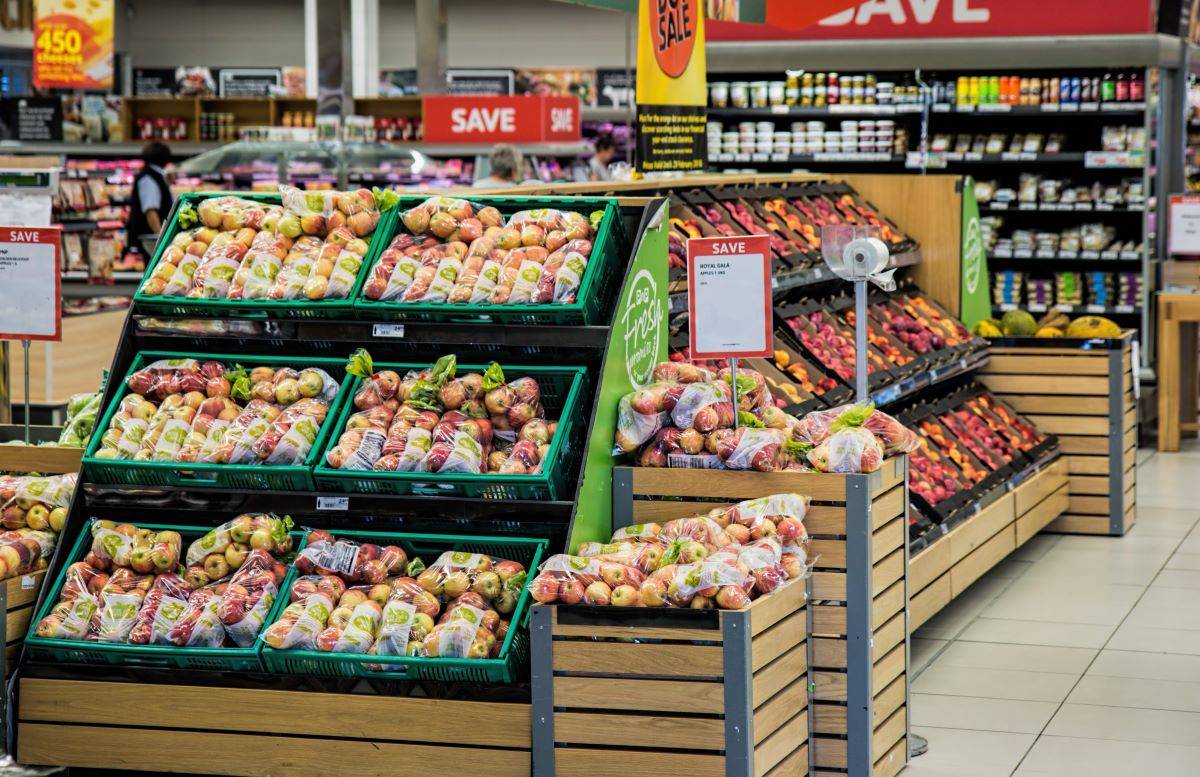FMCG Companies Turning Towards Spices Market for Growth Opportunities in 2023
There were reports last week that Wipro Consumer Care and Tata Consumer were considering paying Rs 1,000 crore for a 51% interest in Chennai-based Aachi Masala.
The nation’s top fast-moving consumer goods (FMCG) businesses are expanding their reach in the Rs 25,000 crore industry for branded spices and condiments. The effort is being made against the backdrop of the quick transition from unorganized to organized in categories like spices and masala, as well as the demand for practical culinary tools.
There were reports last week that Wipro Consumer Care and Tata Consumer were considering paying Rs 1,000 crore for a 51% interest in Chennai-based Aachi Masala.
The nation’s top fast-moving consumer goods (FMCG) businesses are expanding their reach in the Rs 25,000 crore industry for branded spices and condiments. The effort is being made against the backdrop of the quick transition from unorganized to organized in categories like spices and masala, as well as the demand for practical culinary tools.
Companies including Dabur, Wipro Consumer Care, Tata Consumer, and Emami Agrotech have either established or expanded their position in the sector over the past year, which is believed to account for up to 36% of India’s entire Rs 70,000 crore spice industry. The remaining 64% of the market is entirely disorganized and marketed primarily in loose form to consumers.
Contrarily, forecasts from Avendus Capital indicate that the branded sector is expanding at a 25% compound annual growth rate (CAGR) and will surpass Rs 50,000 crore in the coming years. Rapid urbanization, increasing disposable spending, and a lack of time for home cooking will be the driving forces behind this.

According to industry analysts, branded spices and condiments are increasingly saving time-starved consumers, and larger firms are meeting this need by releasing numerous variations for various cuisines.
Due to the sheer population dynamics and necessary nature of the components, categories like masala and spices give an exciting development potential for FMCG firms, according to G Chokkalingam, founder and MD of the Mumbai-based company Equinomics Research.
There were reports last week that Wipro Consumer Care and Tata Consumer were considering paying Rs 1,000 crore for a 51% interest in Chennai-based Aachi Masala. The purchase will be significant for both businesses considering that the two players have been expanding their footprint in the south. Suppose the sale is successful for any company, as mentioned earlier. In that case, it will represent a significant acquisition in the sector following Dabur’s purchase of Badshah Masala for Rs 587 crore in January of this year.

On the other hand, two Kerala-based brands, Nirapara and Brahmins, both of which produce packaged spices, were purchased by Bengaluru-based Wipro Consumer Care in December 2022 and April 2023, respectively, for an unknown price. Tata Consumer has stated that as part of a more significant effort to develop its business there, it intends to enter the market for southern spices.
In its FY23 annual report, Tata Consumer stated its future growth goals, “We are expanding our presence in south India across tea, coffee, salt, and spices with the launch of south-specific products to cater to regional consumers.”

In the past several months, the business has introduced a variety of spices for the southern market under the Tata Sampann brand.
The Fast-Moving Consumer Goods (FMCG) sector, traditionally known for its agile response to consumer demands, is witnessing a significant growth strategy shift. As of 2023, industry giants and burgeoning firms are pivoting towards a previously less explored territory – the spices market – to capitalize on its latent potential.
This move towards the spices market can be primarily attributed to the changing consumer preferences influenced by globalization. The world has become a global village, and tastes have evolved, expanding beyond traditional boundaries. Consumers are increasingly exploring new cuisines, demanding more authentic and exotic flavours, resulting in a surge in demand for various spices.

Furthermore, an increased focus on health-conscious food choices has amplified this trend. Spices are known for their significant health benefits, and consumers today, influenced by a culture of well-being and fitness, are consciously adding more spices to their diets.
Major FMCG players, such as Unilever, Nestle, and Procter & Gamble, diversify their portfolios to include spices, recognizing the lucrative opportunities present. They want to leverage their vast distribution networks and marketing prowess to capture this growing market.
Unilever has expanded its product portfolio by introducing new spice blends catering to various global cuisines. Nestle is following suit, adding spice variants to its food product lines, offering consumers a richer and more varied palate. Procter & Gamble, on the other hand, is focusing on incorporating spices into its existing product range to enhance flavour and nutritional value.
Emerging FMCG firms, too, are capitalizing on this opportunity, focusing their growth strategies around spices. These firms, such as Patanjali in India and Sichuan Haidilao Catering in China, leverage their deep understanding of local markets and tastes to offer unique, regional spice blends. Such products satisfy local palates and cater to the growing international demand for regional flavours.

FMCG firms are investing heavily in creating robust and sustainable supply chains to ensure the consistent quality of their spice offerings. They establish direct connections with spice farmers, promoting sustainable farming practices and ensuring traceability. This direct sourcing assures high-quality products and enables companies to ethically source their spices, an attribute increasingly valued by today’s consumers.
The spices market has excellent growth potential, but there are challenges that FMCG firms must overcome. Consistent quality across batches and fluctuating prices of raw materials are obstacles that need to be addressed.
Moreover, there is a need for innovation. Simply offering the same spices would not cut it in this competitive market. Companies will have to experiment with unique blends, focusing on delivering a rich culinary experience to consumers.

The FMCG sector’s foray into the spices market reflects the industry’s ability to adapt and grow based on consumer preferences. It is a strategic move that leverages the changing global food trends and taps into a market with high growth potential. It remains to be seen how this shift will pan out in the long run, but spices are the new ‘hot’ frontier in the FMCG landscape.




